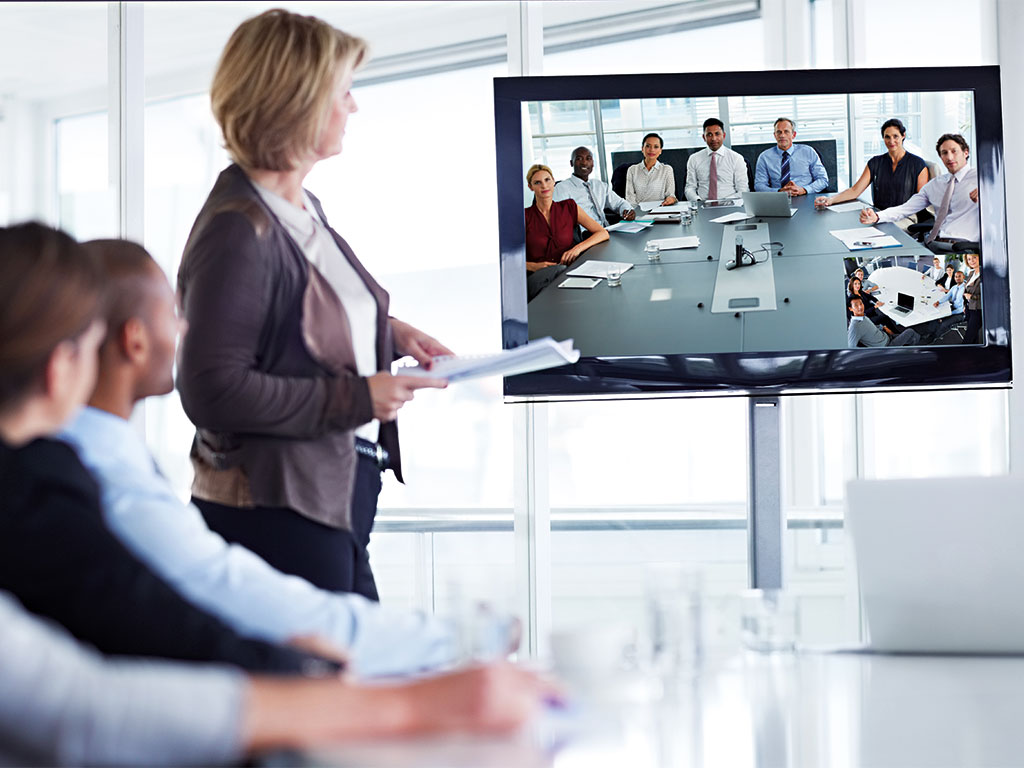
Author: Anne Marie Ginn, Senior Category Manager, Logitech Video Collaboration, Logitech EMEA
Top 5
Supported by the demand for more collaborative working, and investment in new technology (such as high-definition audio and video-enabled collaboration), the office of tomorrow will barely be recognisable. Indeed, the collaborative office of the future is already taking shape, thanks to a handful of emerging trends.
The first is a new approach to the traditional workspace. According to Dan Schawbel, Research Director at Future Workplace, office design as a way to increase collaboration and attract top talent is one of the top five workplace trends of 2016. Open spaces dramatically change the ways in which employees work and interact with one another, and companies are accelerating the change by redesigning their office spaces to suit this new working dynamic.
As companies shift to more open workspaces, the need for informal meeting spaces and huddle rooms is skyrocketing. According to a recent report by Nemertes Research, as companies expand and create new office environments, 16.5 percent plan to exclusively deploy open workspaces, a 41 percent increase over current deployments, while 50.5 percent will use a mixture of open workspaces and cubicles/offices.
Demographic disparity
The changes happening in office design are partly fuelled by another trend – changing workforce demographics. By 2020, Millennials are predicted to form 50 percent of the global labour force; in the last year, Millennials have surpassed the previous generation as the largest in the US workforce. Both Millennials and Generation Z, the newest entrants to the workplace, born since the mid-90s, have grown up using FaceTime and WhatsApp, and consider email a formal way of communicating. These workers expect to be able to collaborate with colleagues using the familiar social media applications they already use in their personal lives.
Wainhouse Research has reported the rise of huddle rooms and small meeting spaces will play a critical role in enabling collaboration among teams. Senior Analyst Andrew Davis believes there are somewhere between 30 million and 50 million of these spaces around the world, and most lack support for collaborative technologies. Zig Serafin, Microsoft’s Vice President for Skype Business Services, has claimed 97 percent of meeting rooms in the world are not equipped for modern video conferencing.
Tech evolution
The third trend is advances in technology. Tech is playing a key role in shaping how we collaborate. Today’s employees expect video conferencing, and the good news is that video is now more affordable than ever. Using video to facilitate meetings enhances overall collaboration, reduces travel costs, and brings together remote and on-site workers to resolve issues and aid decision-making. And, as conferencing applications move to the cloud, video conferencing as a service (VCaaS) is having a massive impact on the market, making it affordable for companies to scale deployment of
collaborative technologies.
For those seeking to keep capital costs low, VCaaS offers an OPEX-based deployment model, and there are now high-quality conference room solutions available that cost well under £1,000, such as Logitech’s ConferenceCam range.
There’s no question the changing workforce, combined with the demand for more collaborative working spaces and changes in technology, is transforming the office of the future into something that might have been unrecognisable to the previous generation. Gone will be the days of walled offices and traditional hierarchies. And without walls (and, sometimes, without formally assigned desks), open workspaces will dramatically change the ways in which employees work and interact with one another. These are indeed exciting times in the workplace.

